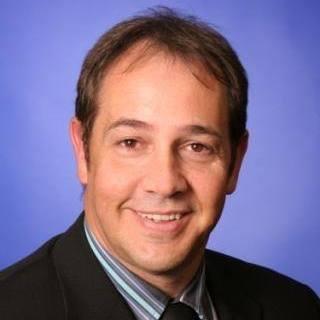Inattention, impulsivity and hyperactivity are the core symptoms of Attention Deficit Disorder (ADD). We are now realizing that ADD is a thinking disorder involving the higher-level functioning of the brain. This disorder often does not go away. It can persist throughout the individual’s entire life and affects every area of their functioning.
Many children diagnosed with ADD have significant changes in behaviour with the elimination of food additives and dyes. Studies have shown that areas of the brain that control attention span and limit compulsive behaviour are less active in people with ADD.
Today, there are millions of people who have received the diagnosis of Attention Deficit Disorder (ADD), or Attention Deficit Hyperactivity Disorder (ADHD). It is found more often in boys and girls (3: 1). Girls usually have the type of ADD that shows up as inattention. Boys overwhelmingly show hyperactivity symptoms. According to the most current guidelines published by the American Psychiatric Association in the Diagnostic and Statistical Manual for Mental Disorders (DSM IV), the disorder is known as ADD with several types:
- Predominantly inattention
- predominantly impulsive
- Combined. Individuals with this condition usually have many of the following: inattention, impulsivity, hyperactivity and /or emotional instability.
People who truly of one of the forms of ADD/ADHD starts showing symptoms by the time they started school. Some very active children have been prescribed medication at 18 months old. Some very impulsive children are diagnosed as early as two to three years old. A few children outgrow the disorder but over 80% continue to manifest the full symptoms in adolescence and about 50% continue with problems in adulthood.
The most recent research has shown that ADD/ADHD runs in families. At least one-third of all fathers who had ADHD in their youth have children with ADHD. Twins share a DD/ADHD. Identical twins have a much higher rate of having the same degree of severity than do fraternal twins. 80% of identical twins match in their symptom levels as well as the type of symptoms they develop. The studies of families seem to indicate that there is definitely a genetic component, especially when hyperactivity is involved. Neither type of ADD shows up as an isolated disorder and many of the coexisting factors can create confusion in the diagnosis.
Currently, ADD/ADHD is primarily diagnosed through observation and assessment. This means that the diagnosis is very subjective. The ADD diagnosis has become overused and many children who exhibit the symptoms could have other things going on. For instance, a bored gifted child or a grieving child both show symptoms that could look like ADD/ADHD too many observers. Sometimes when children live in very repressive homes they use the school as an opportunity to act out emotionally, and this can look like ADD.
The most accepted diagnosis technique for ADD/ADHD is still through questionnaires like those created by Hawthorn Education Services which require observations to judge behaviour. This is very subjective and one person’s creative, active child may be another’s hyperactive problem.
Although there is no cure for ADD in any of its different forms, we have seen that a variety of treatments may help people with this disorder. These include medication or herbs, counselling, social skills training, nutrition management and the use of hypnotherapy. The use of hypnosis can speed up the development of critical self-management skills by having the clients practice them during mental rehearsals in trance.
To Read Part Two Click Here
To Read Part Three Click here
When choosing a hypnotherapist, it is important to be sure that he or she is qualified. Pierre Benoit, CHt, RCCH, is a member of the Association of Registered Clinical Hypnotherapists of Canada (ARCH) and can be reached at (514)675-4457.



